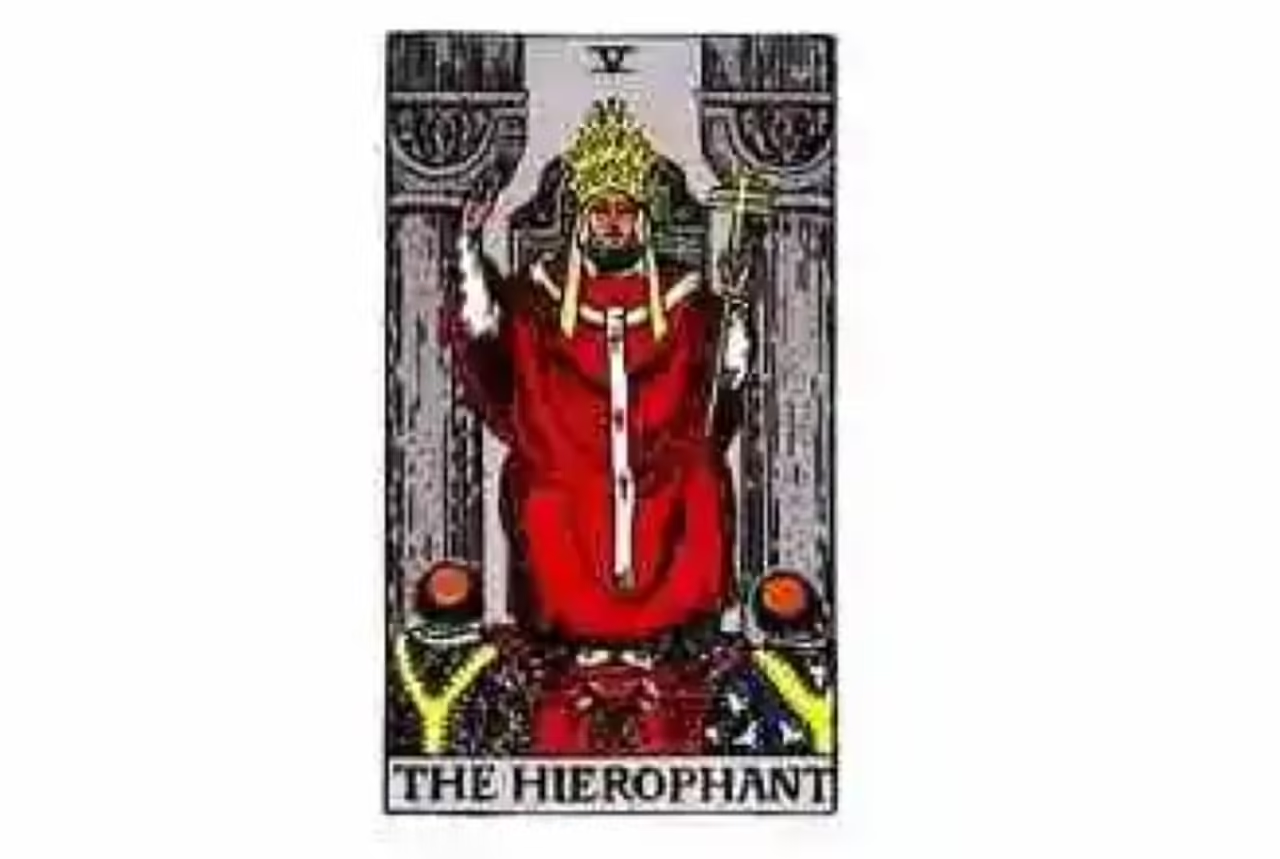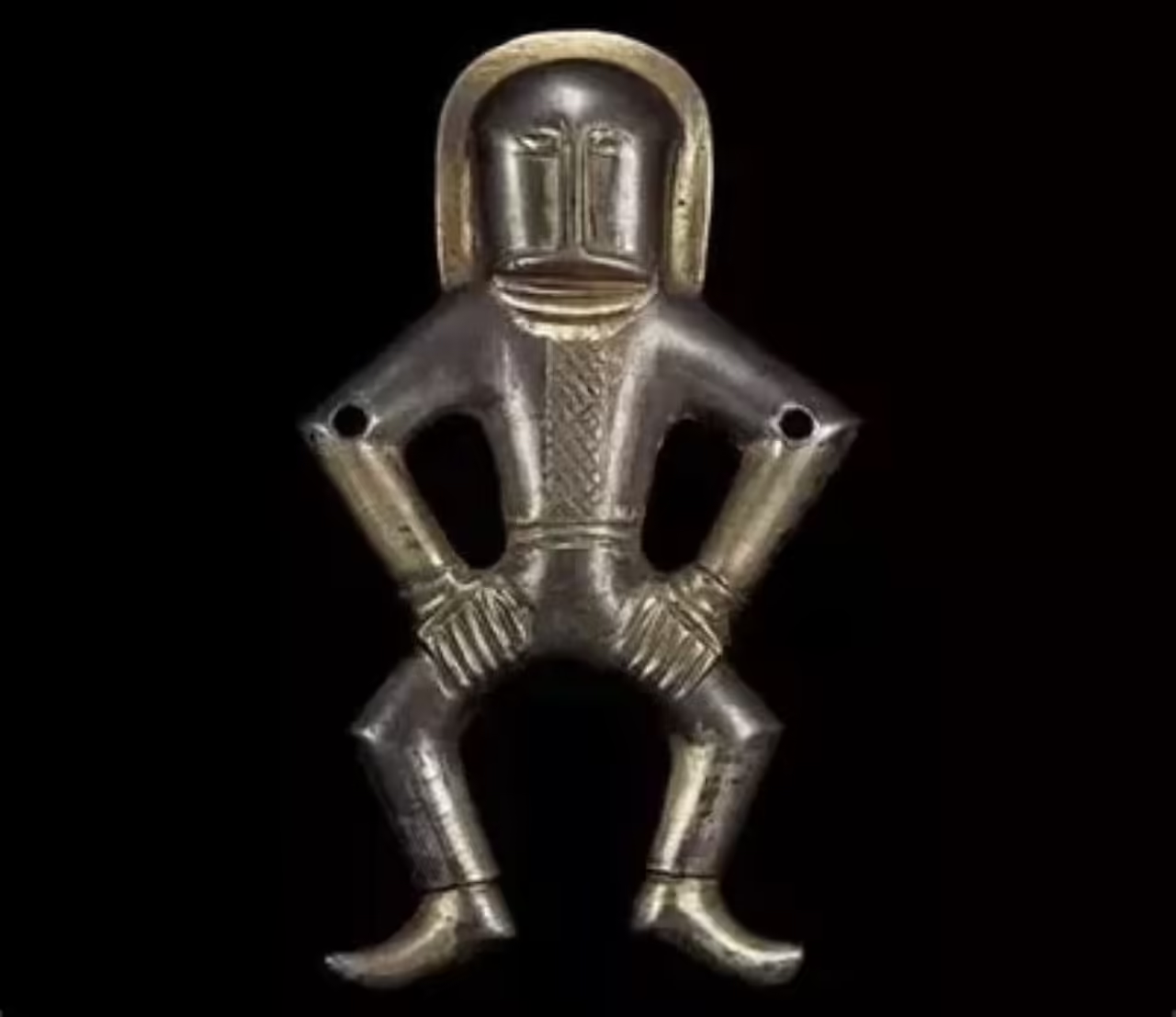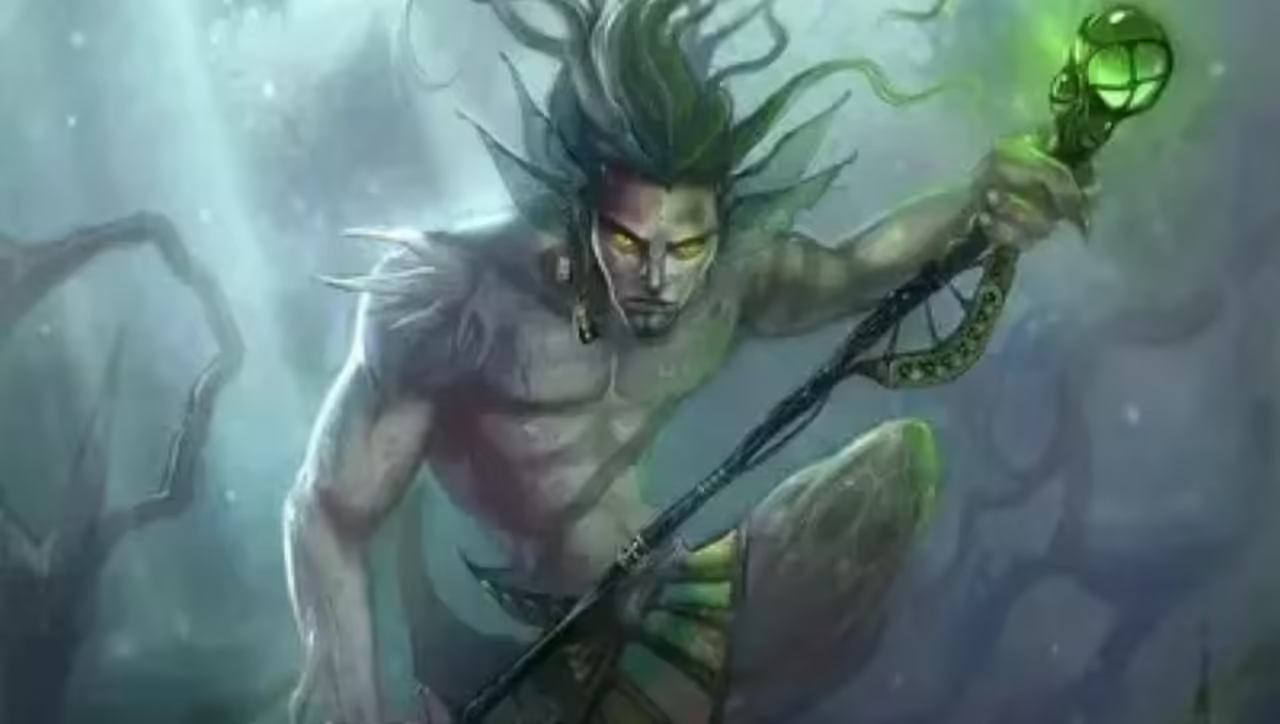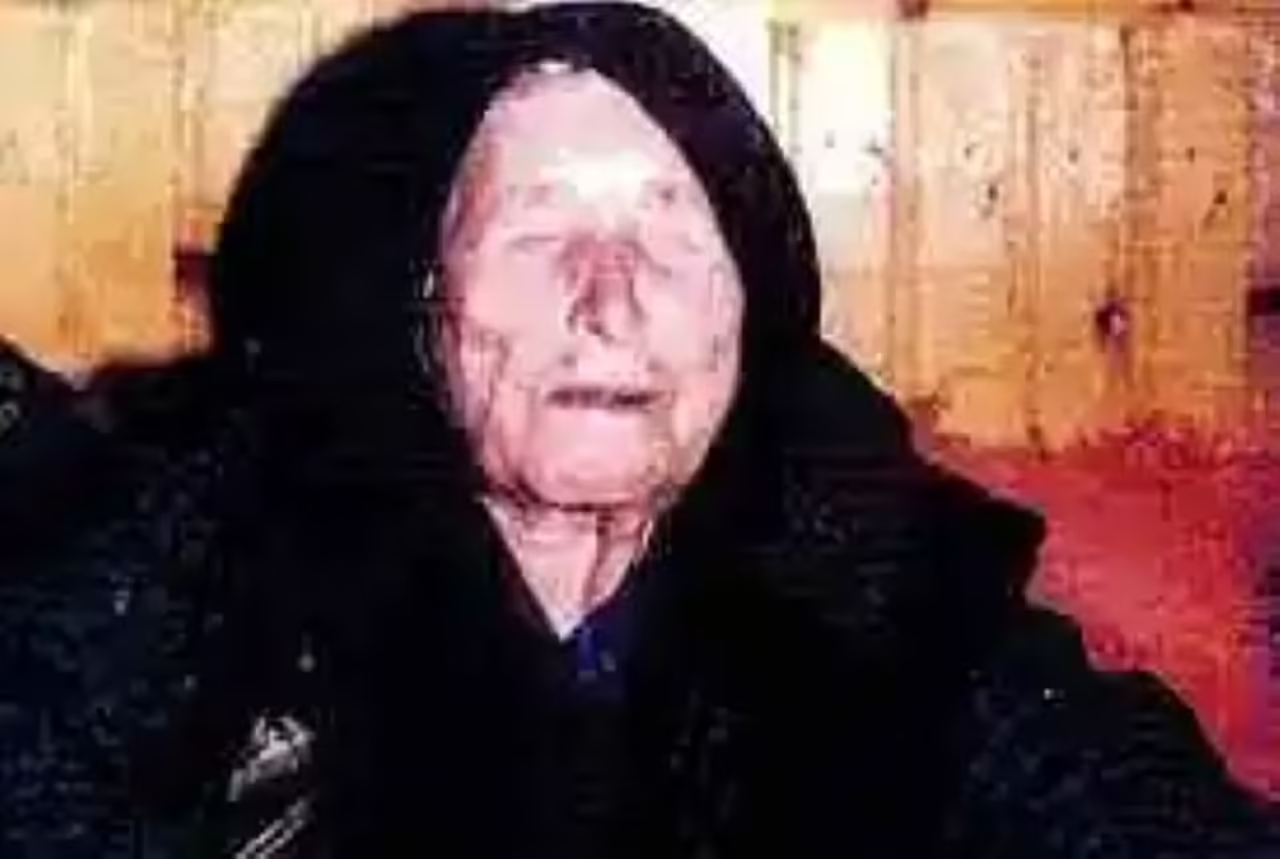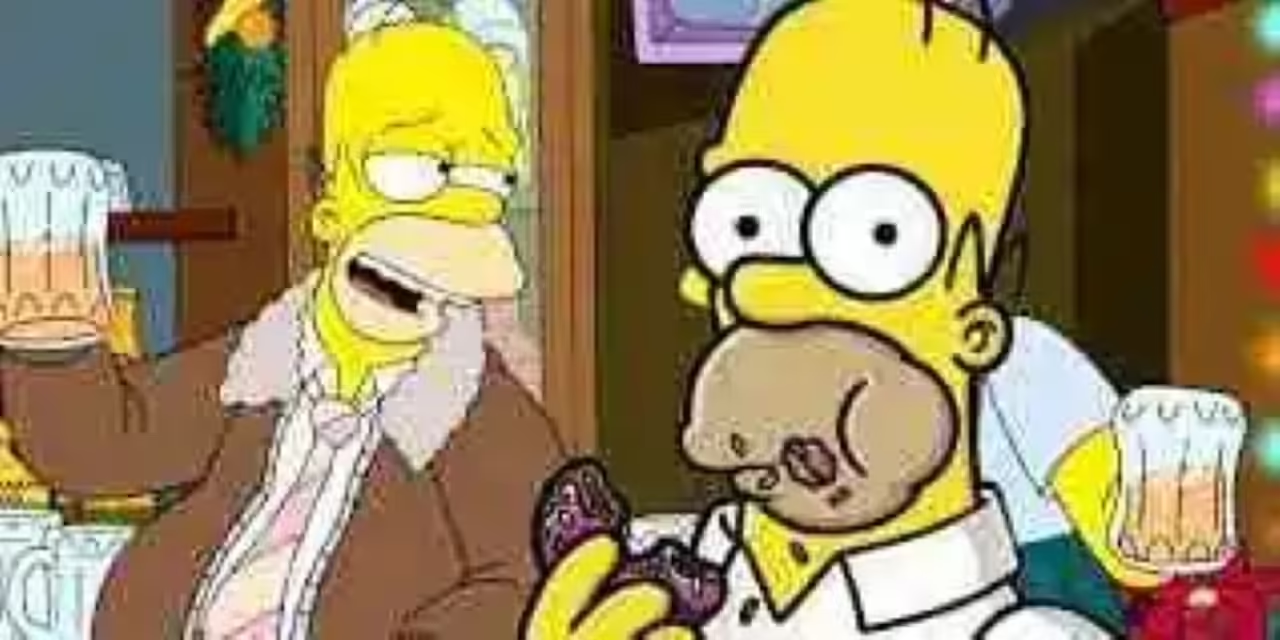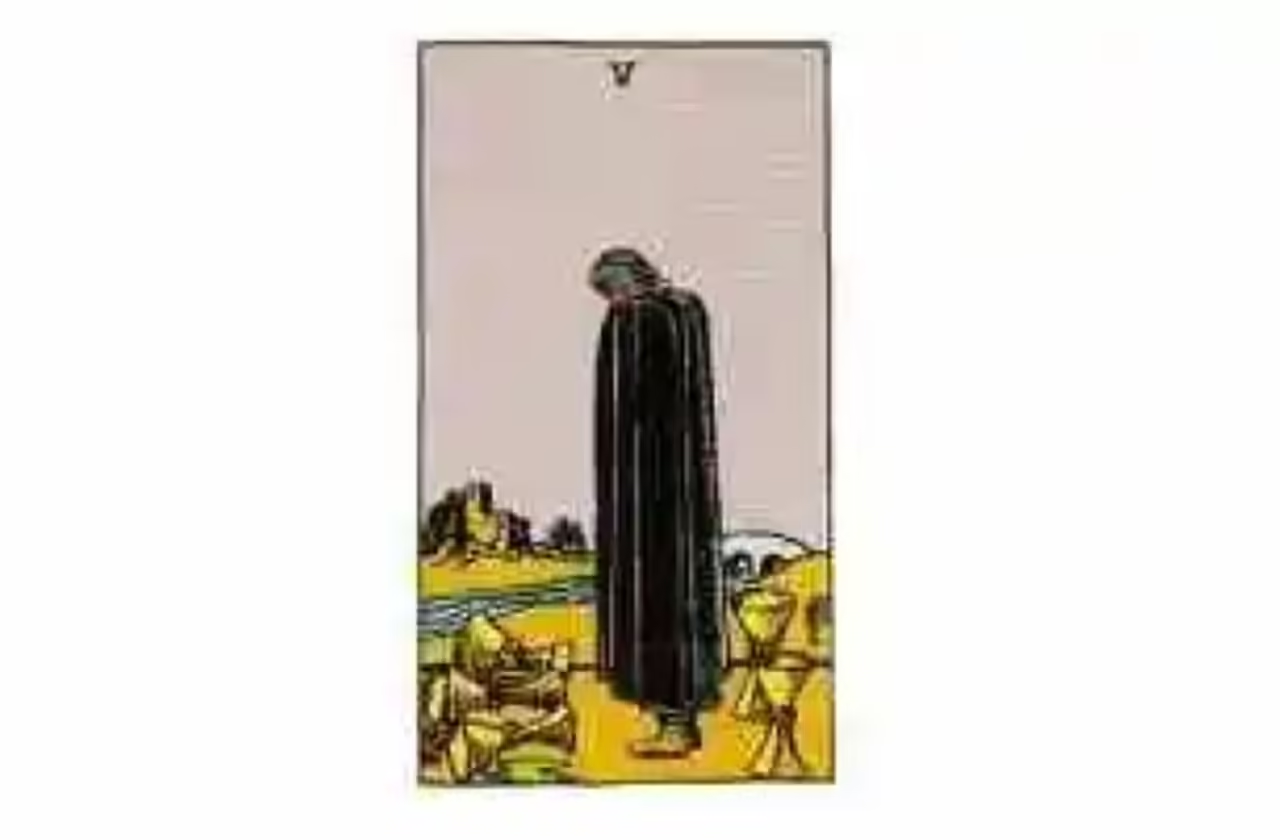Known as The High Priest or the Hierophist, this card ranks fifth in correlative order within the tatot’s major arcanes.In this article we will try to synthesize the more general interpretations that tarot experts grant to this card, within this divinatory method apparently emerged in Italy during the fifteenth century.
Supreme knowledge
In this tarot deck you can see in front of a man sitting on a throne, which is framed by two columns, which according to symbology specialists represent the columns of the temple of knowledge. On his head he wears a headdress, which has three levels, representing three crowns, which some point out represents the three types of planes where knowledge can occur: material, emotional and spiritual.
In front of him are two priests or monks, who have porridge heads, as if waiting to be blessed. According to tarot scholars, each monk wears a different color, depending on the meaning it represents. For example, one wears black, symbolizing submission to the power represented by the High Priest, the other who goes in red symbolizes the action.
Likewise The High Priest carries in his left hand a scepter made up of three crosses that symbolizes power, but spiritual power, the power of knowledge. In some decks appears the symbol of the four-petalled rose or the rose of the winds, which also indicates the four cardinal points, as well as the four seasons of the year, which in a reading – in the light of some tarotists – can be identified as a cycle of cre a one-year spiritual foundation.
Likewise, for other esoteric arts, the card of The High Priest represents both spiritual and material power, for it is in three planes of existence. It can also indicate the manifestation of the divine will on the material plane, as well as the indication that something is happening because it was intended to happen.
Specifically for the cabalistic sit relates to the Hebrew letter heth, which in a reading the appearance of this letter can be interpreted by the reader as the letter ‘e’. The cabalistic also associates it with the sign Aries and the planet Jupiter. For its part the esoteric relates it more to the starsign of Taurus, as well as to the element Air.
It is also attributed to the winter season, so before a time consultation it may indicate that the event will occur or occur during that time of year. As for numerology, this discipline assigns it number five, which is the number of knowledge, the number of God, and wisdom.
Within a reading, although its interpretation is also given by the cards of which it is accompanied, almost always when it appears right it relates to obtaining a result, only that – as the tarot experts point out – the person is advised to reflect on whether he really wants or needs what he expects, because sometimes according to these interpretations the human can be confused with his real purpose, and desire in the background something without being aware of what it entails to obtain what is so desired.
Similarly, the experts in Tarot indicate that this card indicates when it appears in a reading that the things that are to pass are inevitable and insurmountable because they come from the divine will.
If, on the other hand, the person who makes the reading is interested in identifying someone in the reading, the tarotists agree to point out that this card regularly symbolizes an elderly, mature, wise and experienced person (male or female), whom whom he can also be related to a scholar, some scientist or subject matter expert. Sometimes this card also represents doctors. If the consultation instead concerns a specific situation, the appearance of this card in reading may indicate, as the tarotists point out, that we are facing a rather stable but also momentous situation.
However, the meaning of this chart has nuances according to the specific plane on which the query is made. For example,if the person is interested in the emotional plane, this card can represent the father’s love for the consultant, as well as the need for protection and guidance that this person has.
As for sentimental relationships, this card, according to the experts in this divinatory method, may indicate establishing relationships, bonds and even ecclesiastical marriage. On the other hand, when the question involves health, the presence of the card of The High Priest indicates prompt and necessary visit to the doctor, as well as the need to integrate body and mind.
In the economic area, the Hierophist or High Priest indicates the arrival of money, but not by chance, but as a product of effort. In general this card indicates that what is sought will be achieved,but will require the effort and will of the consultant to obtain what he seeks. In terms of work, tarotists identify this card as the need to maintain a thoughtful attitude towards bosses, colleagues and work.
However, like all tarot cards, the High Priest also has an interpretation if he appears inverted, that is, head. In this sense, the loving plane in the presence of the inverted High Priest’s card is advised by prudence, in order to avoid possible crises. At the work level, according to the tarot experts, they indicate that the inverted High Priest can be interpretedas the need to distrust the environment, as there are hidden intensions and events.
In terms of health, the inverted position of this card may indicate problems in the cervicalas as wellas a poor health time to start a pregnancy. Economics indicates savings and prudence in finance.
Image source: losarcanos.com
